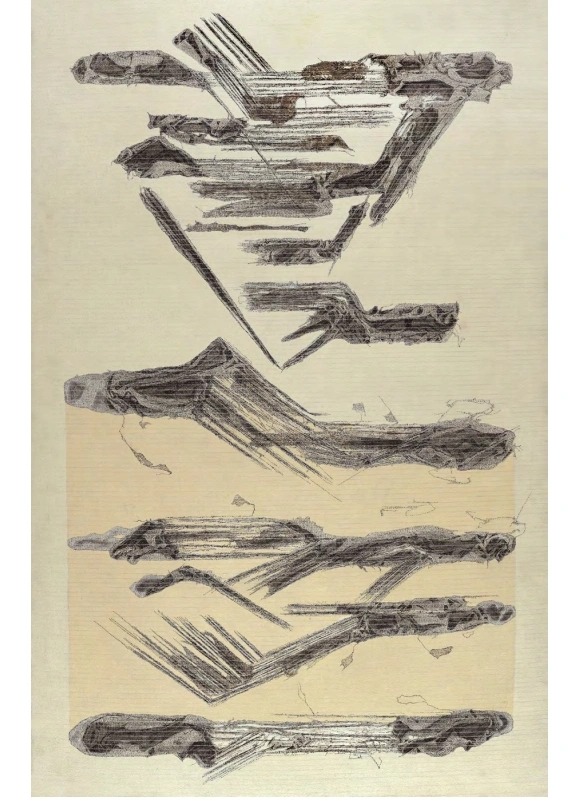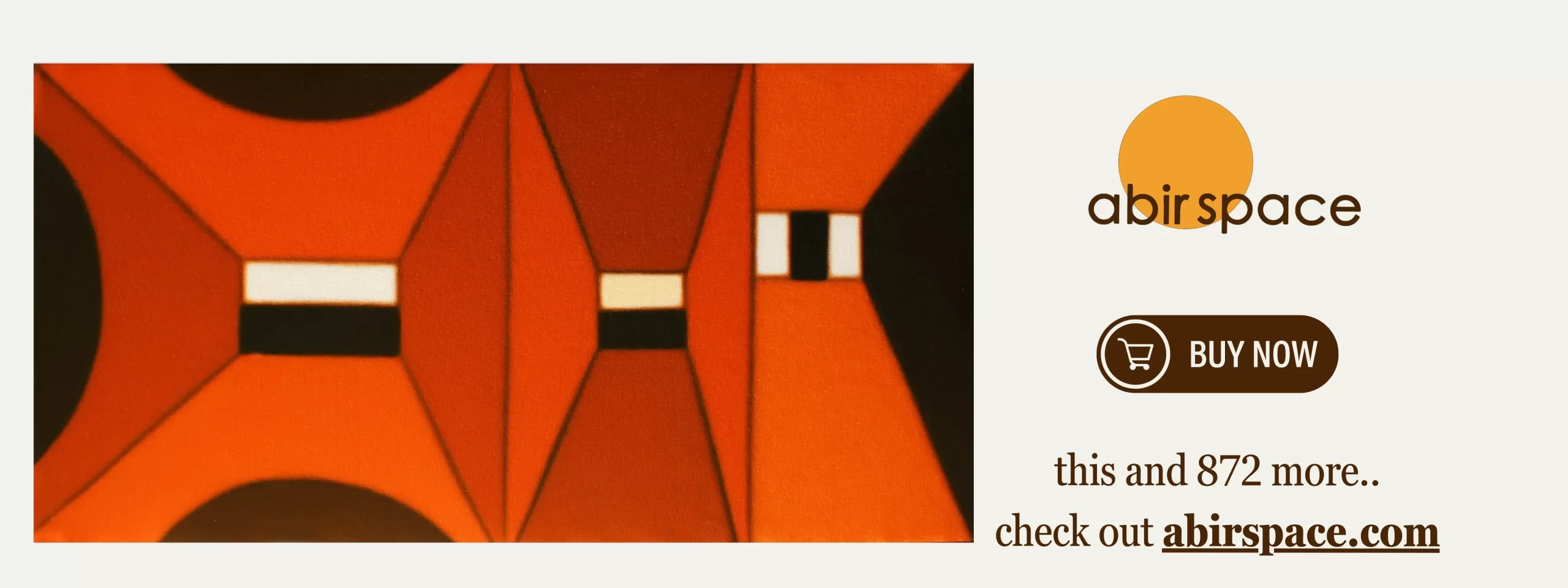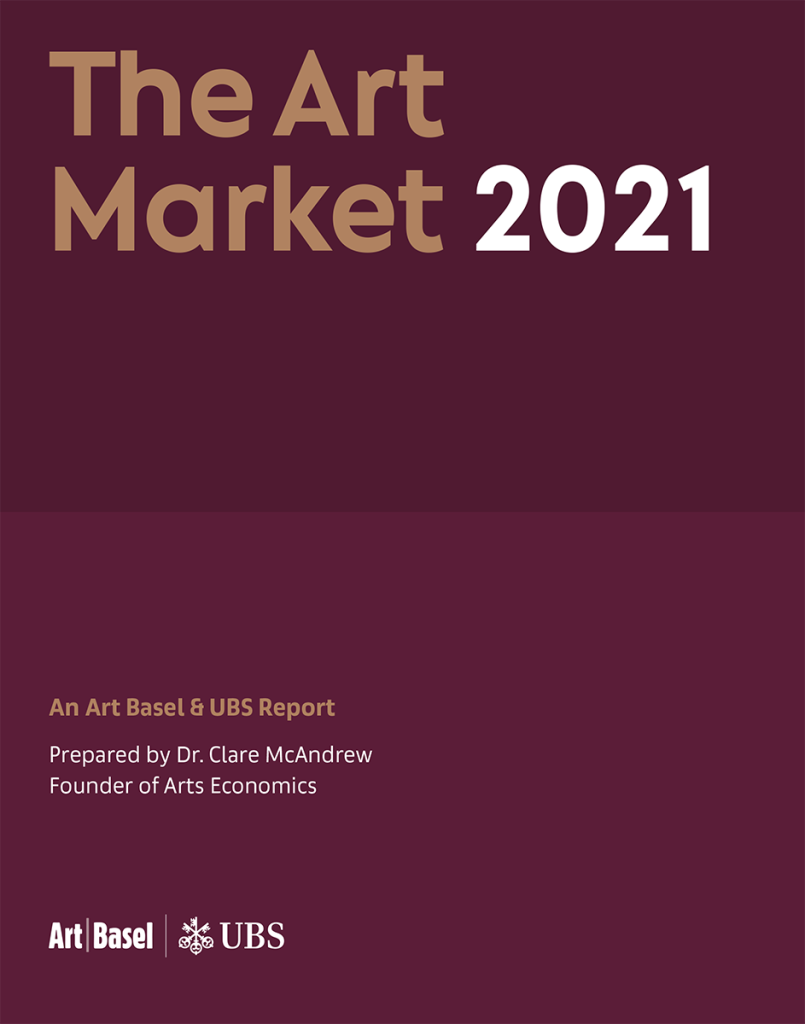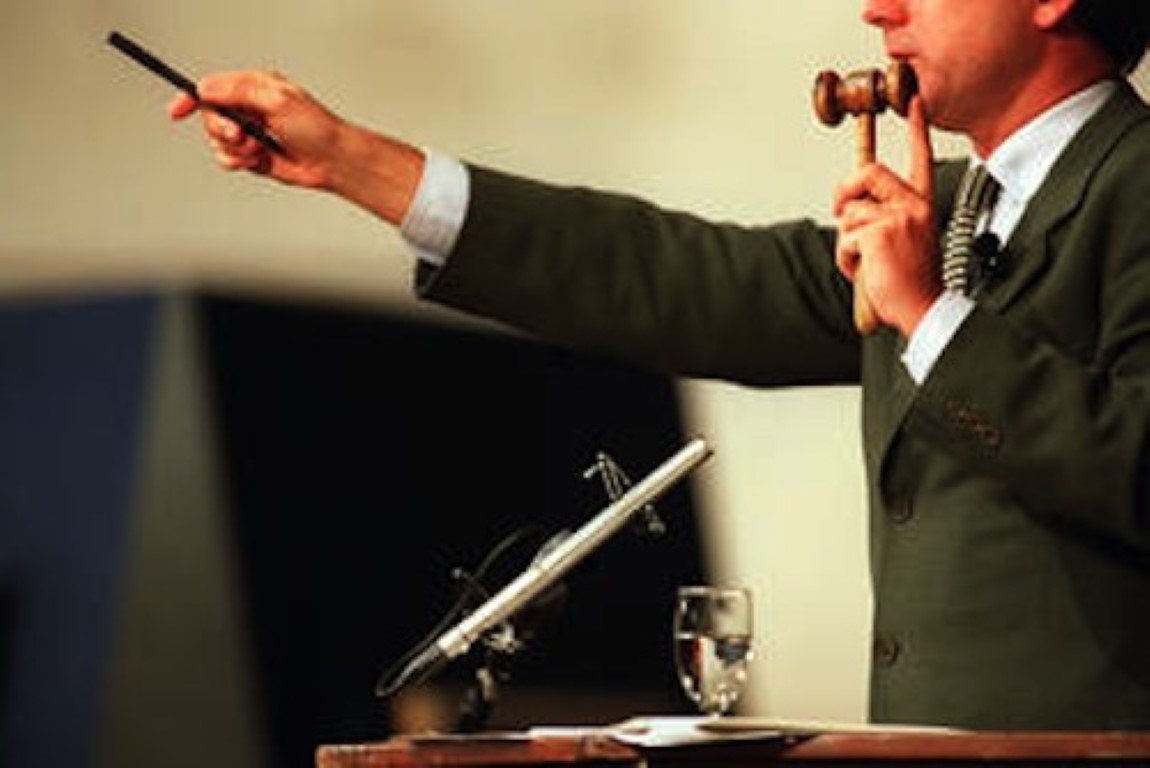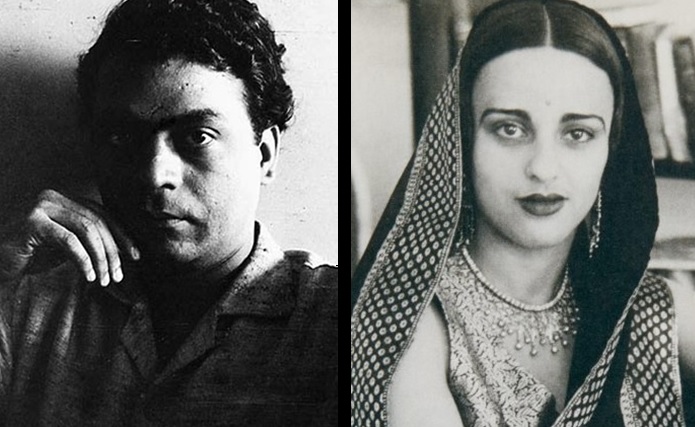The Dawn of Art Patronage and the Renaissance Shift
Art commissioning was once the exclusive domain of the aristocracy and ruling classes, who engaged artists to execute predetermined projects. The Renaissance period, however, marked a turning point. Artists began to enjoy greater creative freedom, and their unique styles garnered recognition among patrons. The value of their work stemmed from the artist’s reputation and the political, religious, and social narratives woven into the art itself.
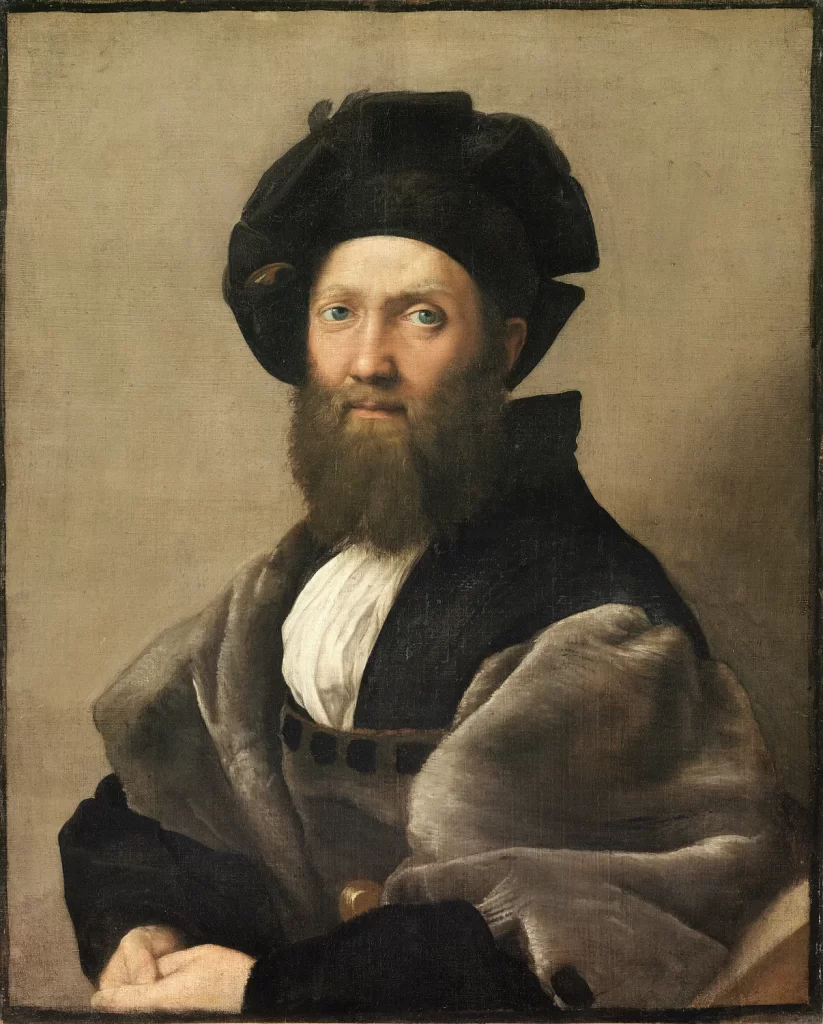
The Rise of the Secondary Market and Art as an Investment
The inherently personal and non-fungible nature of artistic services, coupled with the limitations of human capacity and mortality, restricted the production of new artworks. These factors directly influenced the monetary value of art, paving the way for the emergence of a secondary market. Auctions became a platform for trading rare and timeless pieces, often witnessing significant value appreciation. The establishment of the first auction house in Stockholm by Baron Claes Rålamb in 1674, followed by renowned names like Christie’s and Sotheby’s a century later, formalized this secondary market.
While art continued to be a symbol of wealth, its perception as a viable investment vehicle also gained traction. Though the first modern art fund appeared in 1904, it was the large-scale acquisition of artworks by major financial institutions like Deutsche Bank and UBS in later years that solidified art’s position as a valuable asset. The British Rail Pension Fund’s allocation of 2.9% of its portfolio to art from 1974-1999, yielding positive results, further underscored this trend.
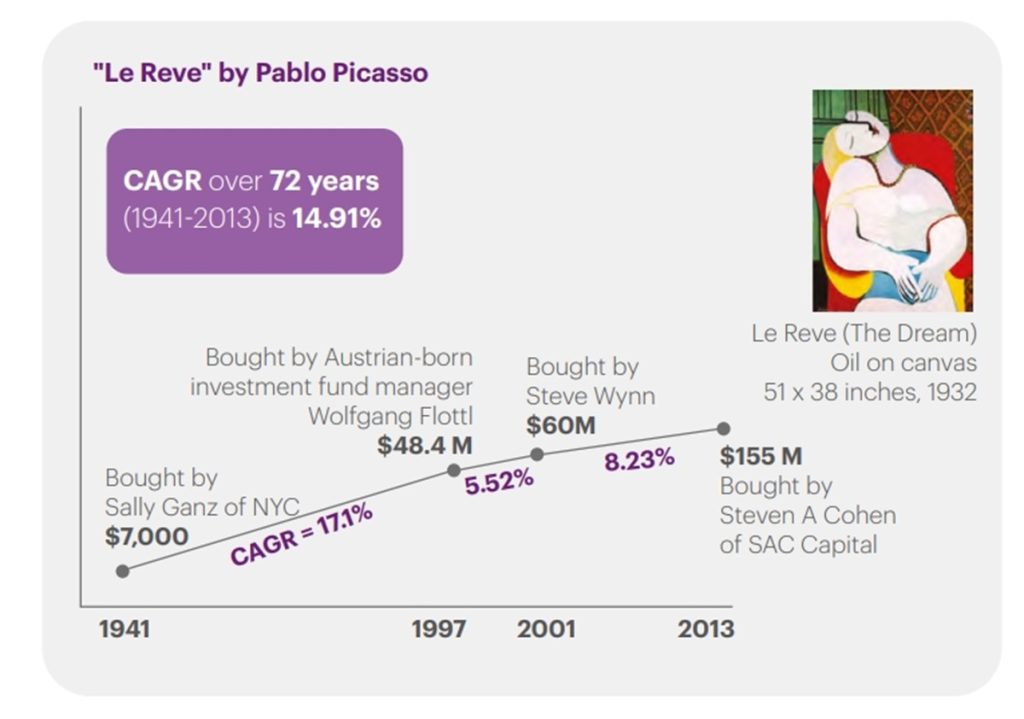
The Expanding Collector Base and the Indian Art Market
The past few decades have witnessed a surge in per capita disposable income, leading to an expansion of the collector base. The global art economy is booming, and Indian artists are increasingly gaining international recognition, attracting high-net-worth individuals worldwide. Although precise figures for the Indian art market are elusive, estimates place it between Rs 3,000-4,000 crores (approximately US$ 400 million), a small fraction of the US$ 65 billion global art market.
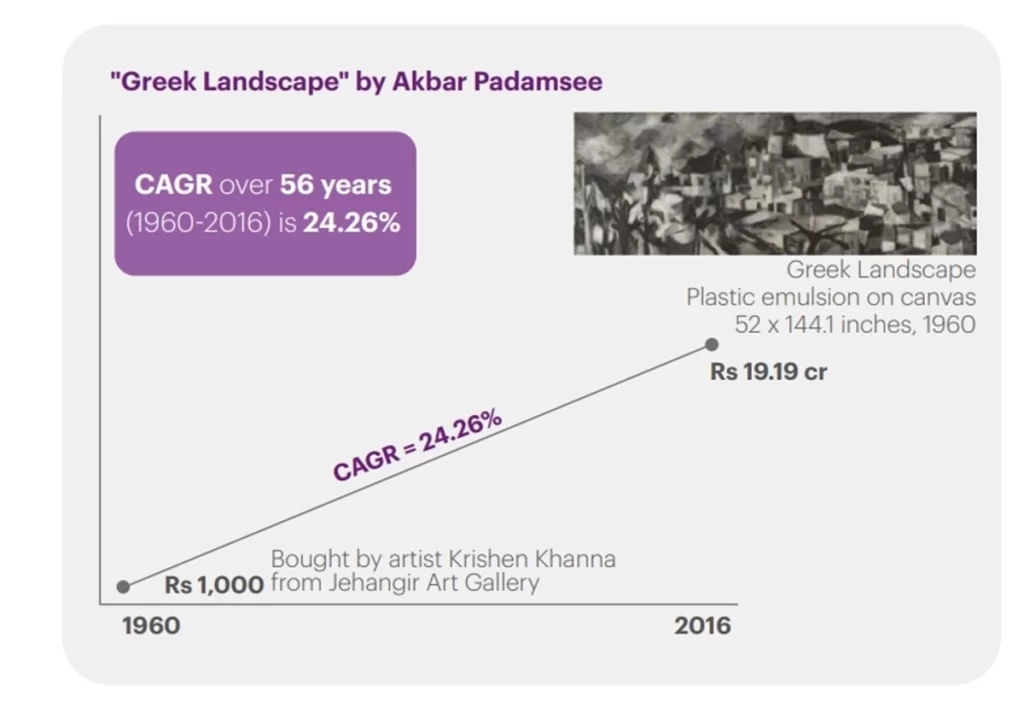
Predicting Art Prices and Market Trends
Until the late twentieth century, art’s value fluctuations were largely considered unpredictable, unlike other asset classes. However, the early twenty-first century brought sufficient data to develop art price indices, notably the Mei & Moses index (2002), which demonstrated a degree of predictability in art price movements. Further analysis, such as that conducted by Aura Art, has revealed a secular uptrend in both the global and Indian art markets. Aura Art’s analysis, tracking the highest milestone prices achieved by successive Indian paintings over nearly 25 years (and international artists over 50 years), revealed a remarkable 23% growth rate in the Indian art market from 1992 to 2023, with the highest-priced painting increasing from Rs 10 lakhs to Rs 61.8 crore. This broad market trend is corroborated by the growth in the price of specific artworks upon repeat sales.
The Uncertain Future of Art Investment and its Risks
Investing in art hinges on a perceived future value, a factor that defies precise mathematical calculation. It represents, to a certain extent, a calculated bet on an uncertain future, influenced by a multitude of factors, including sentiment towards the artist, political and cultural developments, and evolving aesthetics.
Art investments, like any illiquid asset, carry inherent risks. These include vulnerability to damage and destruction, as well as the costs associated with insurance, storage, transportation, valuation, cataloguing, exhibition, and transaction taxes. However, art investments also present unique risks not typically associated with other assets like real estate. These include the risk of acquiring fraudulent copies due to the limitations of expert authentication and provenance tracking, and the market risk of unpredictable and adverse conditions that can freeze invested capital for extended periods.
About Aura Art
Aura Art stands as a distinguished presence in the Indian art market since its founding in April 2006 by Daljit Singh Sethi and his sons Harmeet and Rishiraj. Born from decades of art research and collection, the company has evolved into a comprehensive art services organization through its two subsidiaries: Aura Art Development Pvt Ltd (est. 2008) and Aura Art eConnect Pvt Ltd (est. 2015).
The company’s mission centres on elevating Indian art through several key initiatives: carefully curating exceptional artworks from both established and Aura Art Contemporary Artists, increasing public exposure to distinguished art pieces, and positioning art as a viable investment asset class. Aura Art has developed particular expertise in serving various stakeholders in the art ecosystem with its Aura Art Online Art Platform with its Aura Art Collectors Community, offering specialized services to corporates, real estate developers, architects, and interior designers, including commissioned projects.
What sets Aura Art apart is its commitment to both the artistic and commercial aspects of the art world, providing comprehensive art infrastructure services while working to educate collectors and investors about the nuances of art as an investment. With its team now including prominent personalities from diverse fields, Aura Art continues to bridge important gaps in the Indian art market while maintaining a long-term perspective that benefits all stakeholders.
Credit: First-of-its-kind ‘Art Law E-Book’ put together recently by Dentons Link Legal and Aura Art
Image Courtesy: Aura Art
Contributor

